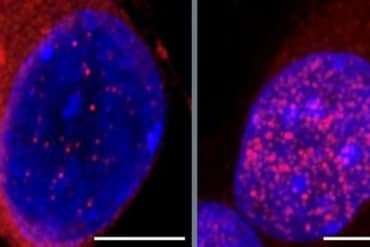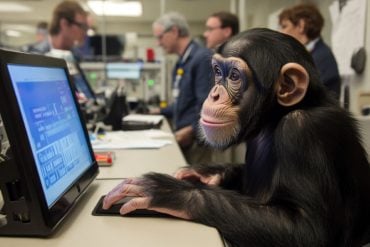One of the great tussles of science – whether our health is governed by nature or nurture – has been settled, and it is effectively a draw.
University of Queensland researcher Dr Beben Benyamin from the Queensland Brain Institute collaborated with researchers at VU University of Amsterdam to review almost every twin study across the world from the past 50 years, involving more than 14.5 million twin pairs.
The findings, published in Nature Genetics, reveal on average the variation for human traits and diseases is 49 per cent genetic, and 51 per cent due to environmental factors and/or measurement errors.
“There has still been conjecture over how much variation is caused by genetics and how much is caused by environmental factors — what people call nature versus nurture,” Dr Benyamin said.
“We wanted to resolve that by revisiting almost all the genetic twin studies conducted over the past 50 years, and comparing all of them together,” he said.
Although the contribution of genetic and environmental factors was balanced for most of the traits studied, the research showed there could be significant differences in individual traits.
For example, risk for bipolar disorder was about 70 per cent due to genetics and 30 per cent due to environmental factors.
“When visiting the nature versus nurture debate, there is overwhelming evidence that both genetic and environmental factors can influence traits and diseases,” Dr Benyamin said.
“What is comforting is that, on average, about 50 per cent of individual differences are genetic and 50 per cent are environmental.
“The findings show that we need to look at ourselves outside of a view of nature versus nurture, and instead look at it as nature and nurture.”
In 69 per cent of cases, the study also revealed that individual traits were the product of the cumulative effect of genetic differences.
“This means that there are good reasons to study the biology of human traits, and that the combined effect of many genes on a trait is simply the sum of the effect of each individual gene,” Dr Benyamin said.
“This finding has implications for choosing the best strategy to find genes affecting disease.”

Professor Peter Visscher from QBI said the study was performed using publications from the classical twin design, which compares the similarities of identical twins who share all their genes, to those of non-identical twins who share half their genes.
“Twin studies have been the main method for researching the genetic and environmental sources of variation between humans for a long time because of the availability of the two types of twins,” Professor Visscher said.
The study involved a meta-analysis of 17,804 traits from 2748 publications between1958 and 2012, based on data from 14,558,903 twin pairs.
Funding: The Australian research was funded by the Australian Research Council (ARC) and National Health and Medical Research Council (NHMRC).
Additional Information: The MaTCH website provides a resource for the heritability of all human traits that have been investigated with the classical twin design. The traits have been classified into 28 broad trait domains, as well as according to the standard classification schemes of the International Classification of Functioning, Disability and Health (ICF) or the International Classification of Diseases and Related Health Problems (ICD-10). Currently the database includes information from 2748 papers, published between 1958 and 2012, reporting on 17804 traits on a total of 14,558,903 twin pairs.
Source: Mikaeli Costello – University of Queensland
Image Source: Image is adapted from the press release
Original Research: Abstract for “Meta-analysis of the heritability of human traits based on fifty years of twin studies” by Tinca J C Polderman, Beben Benyamin, Christiaan A de Leeuw, Patrick F Sullivan, Arjen van Bochoven, Peter M Visscher and Danielle Posthuma in Nature Genetics. Published online May 18 2015 doi:10.10.1038/ng.3285
Abstract
Meta-analysis of the heritability of human traits based on fifty years of twin studies
Despite a century of research on complex traits in humans, the relative importance and specific nature of the influences of genes and environment on human traits remain controversial. We report a meta-analysis of twin correlations and reported variance components for 17,804 traits from 2,748 publications including 14,558,903 partly dependent twin pairs, virtually all published twin studies of complex traits. Estimates of heritability cluster strongly within functional domains, and across all traits the reported heritability is 49%. For a majority (69%) of traits, the observed twin correlations are consistent with a simple and parsimonious model where twin resemblance is solely due to additive genetic variation. The data are inconsistent with substantial influences from shared environment or non-additive genetic variation. This study provides the most comprehensive analysis of the causes of individual differences in human traits thus far and will guide future gene-mapping efforts. All the results can be visualized using the MaTCH webtool.
“Meta-analysis of the heritability of human traits based on fifty years of twin studies” by Tinca J C Polderman, Beben Benyamin, Christiaan A de Leeuw, Patrick F Sullivan, Arjen van Bochoven, Peter M Visscher and Danielle Posthuma in Nature Genetics. Published online May 18 2015 doi:10.10.1038/ng.3285






